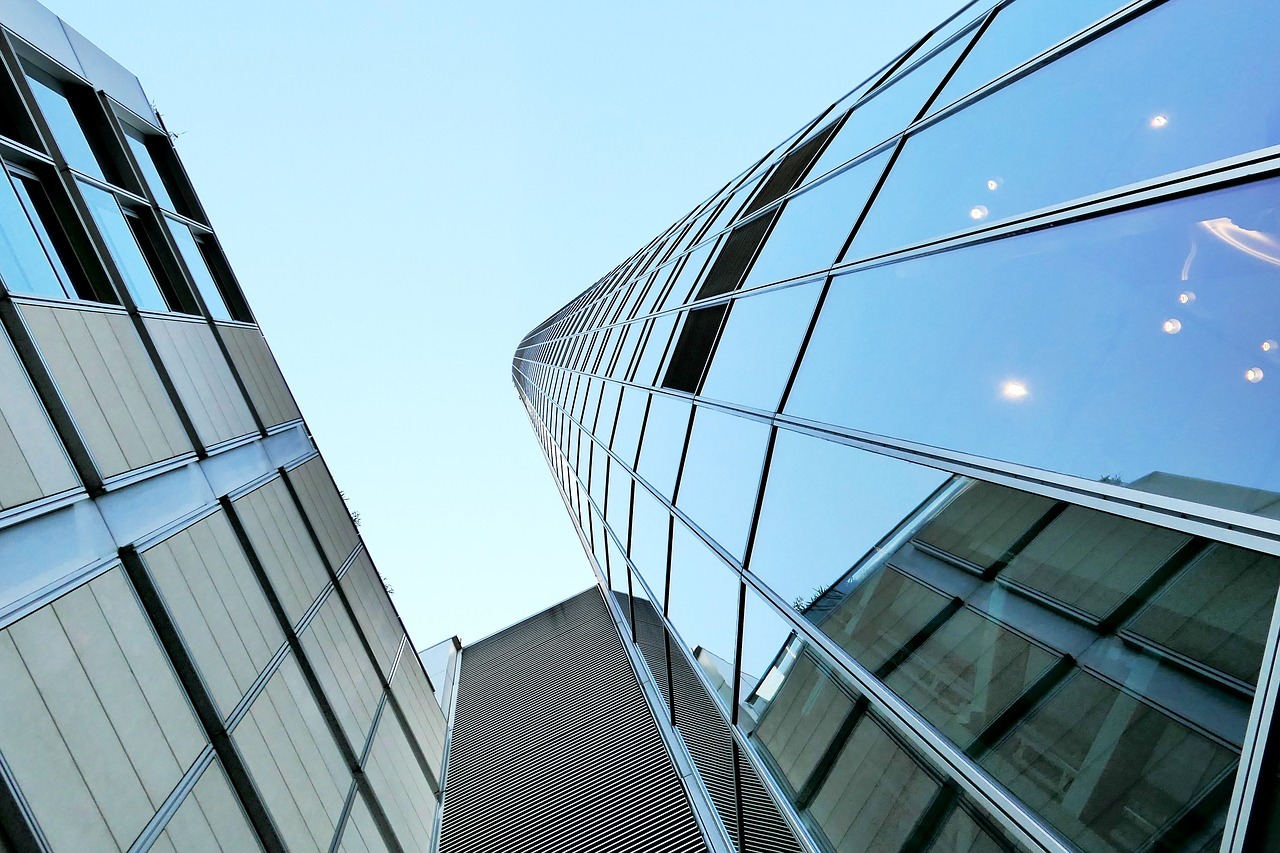Story of the month
Eagerly awaited by the various stakeholders for several weeks, the US Treasury Department on Friday May 12 presented the detailed requirements for clean energy development projects potentially eligible under the Inflation Reduction Act (IRA) to benefit from the tax credit bonus for domestic content. Since entering into force in August 2022, the IRA has already attracted more than $90 billion in new industrial projects in the United States (batteries, electric vehicles, renewable energies).
TAX CREDIT, THE MAIN LEVER FOR MASTERING VALUE CHAINS
Responding to a new geopolitical situation, the IRA has three main objectives: to accelerate the decarbonization of the economy (in transport and the production of clean energy), to regain control of supplies of critical materials essential to the ecological transition (and reduce dependence on China), and to minimize the risks of disruption of value chains by supporting innovation, intellectual property and the development of skills at national level. Investment and production tax credits are the main instrument used to achieve these objectives. Designed around three dimensions, tax credits can vary according to the construction date of a new industrial project, the domestic content of manufactured products, and the use of local labor and skills. Thus, for an industrial project built between 2023 and 2033, the investment tax credit will rise from 30% to 40% if the domestic content and local workforce requirements are met.
HOWDOMESTIC CONTENT BONUS CREDITS WORK
Any new industrial project qualifying for the basic IRA tax credit (i.e., 30% ITC or $2.75/kWh PTC over 10 years for a project built between 2023 and 2033) is eligible for the domestic content bonus credit if i/ steel or iron requirements are met, and ii/ manufactured product requirements are met.
For steel and iron, the requirement is met if all manufacturing processes relating to steel or iron components with a structural function in the industrial layout are carried out in the USA. However, it does not apply to components or sub-components of manufactured products.
For manufactured products, the requirement is met if the components are made in the USA (excluding subcomponents). For projects built before 2025, the minimum proportion of components manufactured in the USA will be 40%, rising to 55% for projects built after 2026.
The concrete implications for three key technologies in the ecological transition are as follows:
- Solar panels: photovoltaic cells, mounting frames, glass, junction boxes and bypass diodes must be manufactured in the United States;
- Wind power: for onshore wind projects, the nacelle, blades, rotor hub and power converters must be made in the USA for the wind turbine to be considered a product made in the USA;
- Batteries: to be fully considered a product manufactured in the USA, the battery pack must include cells, thermal management systems and battery management systems produced in the country.

None of the aforementioned companies constitutes an investment recommendation. Past performance is not a reliable indication of future return and is not constant over time.
OUR EXPOSURE TO U.S. COMPANIES DIRECTLY BENEFITING FROM THE IRA
While it’s still too early to accurately measure the positive impact at company level, particularly in terms of the percentage of products actually manufactured in the USA, or the speed of deployment of new projects already announced, some players such as Tesla (electric vehicles, batteries), Enphase (solar microinverters) and Plug Power (green hydrogen) are medium- to long-term beneficiaries of the IRA and its eligibility rules.
In the shorter term, a company like First Solar (a manufacturer of solar modules) is likely to be one of the big winners from the requirements linked to the national content of manufactured products. Indeed, with around 50% of its production capacity installed in the USA (the rest in Vietnam and Malaysia) and expansion projects already announced in Ohio, First Solar is the most significantly exposed player in the solar sector.
Discover de full Fund Insight d’ODDO BHF AM here.








